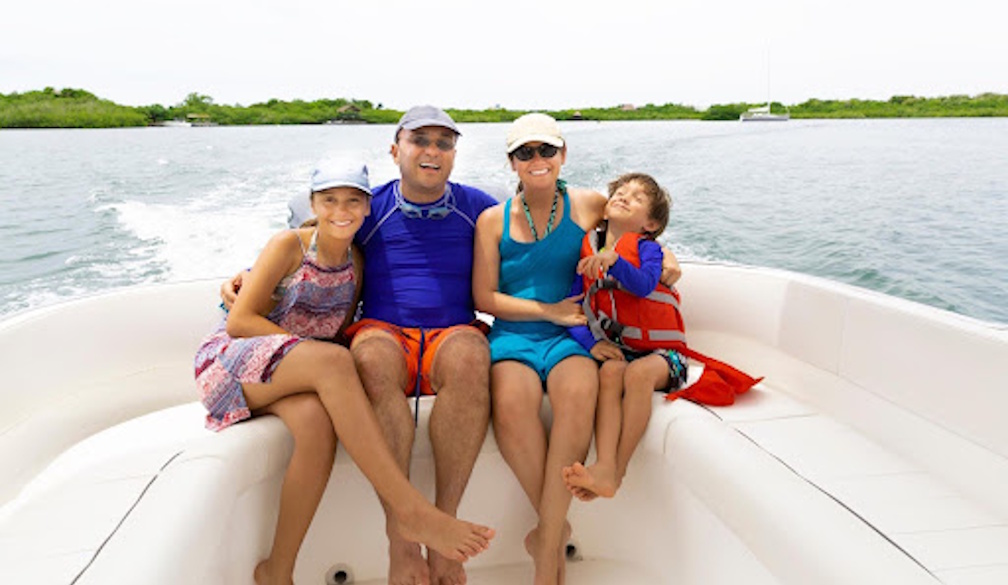Does medical research funding need a paradigm shift?
- Written by Andrew Whitehouse, Winthrop Professor, Telethon Kids Institute, University of Western Australia
I first learnt about autism as an 18-year-old during my clinical training. Like most people, I’d heard about Rain Man, and also like most people, I’d never thought I’d look deeper than this thin caricature.
But then I did look deeper, and saw the extraordinary human experience that is at the core of every family touched by autism. A much loved child develops differently than expected, and a family’s world is changed forever.
What struck me most of all is how much we didn’t know, and how much more we could do. It was then that my interest in medical research was born.
Few would quibble with the idea that medical research is among the best investments our community can make. From whatever dominant viewpoint through which you consider the world – economic rationalism, social justice, scientific progression, a happiness index, or any combination of these – medical research has the ability to not only meet objectives, but produce untold human dividends for decades to come.
Just one example of this is childhood leukaemia. In the 1960s, most forms of childhood leukaemia were deemed incurable, and the majority of children passed away soon after diagnosis. Now, survival rates are upwards of 90%. In real terms, this not only means that literally hundreds of thousands of children have been afforded an opportunity for life, but that the existence of millions more have not been devastated by the loss of a child.
There are hundreds of similar examples, all down to investment in medical research.
Yet despite the intensely personal benefit derived from medical research, it is in a state of flux, driven chiefly by an imbalance in two supply-demand curves.
The first is the imbalance between our collective desire for the beneficial outcomes of medical research, and the amount that we, the community, are prepared to invest in it.
Our modern world faces constant and at times spiralling health challenges - an ageing population, rising number of children with developmental disorders, more expensive treatments - all of which place an ethical and moral demand upon our resources.
At the same time, there has never been a time when so many worthy, competing requests have been placed on the public purse. While the government response has been to plateau the level of investment into medical research, the health challenges we face, and the public’s appetite for medical breakthroughs, have continued to increase. When the survival of our loved ones – our friends, family and selves - is at stake, it is difficult to see how this “more with less” expectation, will end in anything more than bitter disappointment.
In the absence of any short term change in public policy and exponential growth in private philanthropy, the scientific community must come to terms with a second supply-demand curve that is out of whack: the imbalance between the current level of investment in medical research and the number of medical researchers.
The medical research grants system would profit greatly from a paradigm shift. The collective mass of PhDs spend upwards of one-third of every year applying for grants that will cover their own salary, research, equipment and administrative needs, all of which are essential to make meaningful research advances.
The success rate of applications to each of these separate and mostly unrelated grant schemes hovers between 10 and 20%. Among those that do have grant success, the funding profile is typically either patchy (for example, a discrete-year, once-off grant) or simply impractical (for example, research costs but no salary).
The only way to stop this deplorable waste of person hours and the resultant ineffectiveness in funding is for the research sector to confront a difficult truth: the current funding model is trying to support too many medical researchers with too few dollars.
The achievement of a research vision requires substantial and sustainable funding over a period of years. Cash flow and time quarantined for work (as opposed to revenue raising) are as important to a research team as they are to a business.
In the face of a finite bucket of funds, greater scientific progress can be made through fewer but larger investments in targeted areas, than through smaller investments across the sector.
High profile research agencies around the world, such as the Wellcome Trust in the UK, have identified this problem and have transformed the way they support medical research. Instead of dividing investment across thousands of scientists, the agencies identify a select group of teams that are making significant research advances and provide substantial and sustained funding to their research programs.
The Australia Government’s medical research funding agency, the National Health and Medical Research Council, is also coming to grips with this thorny issue and is redesigning the way that its research funds are allocated. All of the hypothetical models currently out for consultation have the same “fund fewer with more” flavour the Wellcome Trust is pursuing.
The onus for facilitating investment in medical research must also be shared with scientists themselves. The ability to communicate with passion the “why” of medical research is critical, as is the need to convey the very real benefits produced. Both must be a part of the tool kit of every aspiring scientist. While this has not been a traditional view of scientific activity, to behave otherwise is to deny the responsibility we have to the community that invests in medical research.
The questions that compelled me into medical research still remain. Why do some children develop so differently? What can we do to help these children reach their full potential?
However, the way that the scientific and broader community come together to answer these questions has changed dramatically and forever. Applicability and communication are the new catch cries.
If history is any guide, medical research possesses unrivalled potential to solve the wicked and urgent health challenges that affect us all, challenges that can and will be answered.
The limiting factor is how quickly governments, universities and scientists can adapt.
Disclosure
Andrew Whitehouse receives funding from the NHMRC, ARC and Autism CRC.
Authors: Andrew Whitehouse, Winthrop Professor, Telethon Kids Institute, University of Western Australia
Read more http://theconversation.com/does-medical-research-funding-need-a-paradigm-shift-69977





